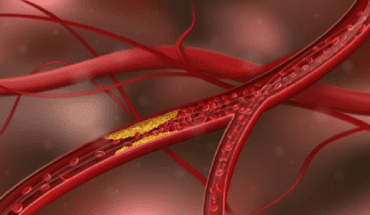Breathing Easier: New Research Supports Preterm Birth Survivors: Chronic lung disease is an unfortunate yet common ailment for people born preterm, however Curtin University research is working towards a better outcome for this group, regardless of their age.
The project, known as FINGERPRINT, has been awarded nearly $2 million over five years from the Medical Research Future Fund.
The research team will use sophisticated machine learning approaches to better understand the different types of lung disease affecting more than half of people born preterm, to create more effective treatments and better predict those at risk of developing such lung conditions.
Preterm lung disease has features of asthma and chronic obstructive pulmonary disease (COPD) and is often managed with similar treatments, as there is no evidence-based guidance on how to treat preterm respiratory disease specifically.
The FINGERPRINT project aims to address this by distinguishing the different types of preterm lung disease to develop phenotypes — or ‘fingerprints’ ؙ— which are individual identifiers which will allow researchers to develop targeted, personalised treatments for the person living with the disease.
Study lead Associate Professor Shannon Simpson, from Curtin School of Allied Health and Telethon Kids Institute, said this individualised approach was vital in identifying appropriate and tailored treatment options for a vulnerable group of people.
“People born preterm can have a range of lung symptoms throughout their lives,” she said.
“For example, they are five times more likely to be diagnosed with asthma, are over-represented in adults with COPD or pulmonary hypertension and we have even recently seen the first case reports of lung transplant in young adults who were born pre-term.
“We believe phenotype traits of lung disease will be “expressed” to varying degrees between individuals born significantly preterm, which can be targeted to develop personalised treatments.”
Another key aspect of the study is helping to predict which babies born preterm will develop lung disease later in life.
Most research on predicting those at risk of long-term respiratory outcomes after preterm birth has, to date, focused on bronchopulmonary dysplasia (BPD), which is determined by the degree of respiratory support a baby requires while they are in a neonatal intensive care unit.
However, Associate Professor Simpson said many other factors other than BPD in babies are likely to predict a person’s risk of respiratory health issues developing later in life.
“Many people born preterm who never developed BPD are now recognised to be at risk of future lung disease,” she said.
“Various studies have shown survivors of preterm birth often have multiple disease phenotypes unique to them occurring simultaneously and changing over time, with some likely interacting with one another — which all hampers the ability to describe an individual’s disease by a single phenotype.
“FINGERPRINT will help provide the first step towards developing treatable trait-based precision medicine approaches to what is an emerging health crisis with serious consequences.”
The study is a collaboration between Curtin and Wal-yan Respiratory Research Centre — a partnership between Telethon Kids Institute, Perth Children’s Hospital and Perth Children’s Hospital Foundation — with contributions from the University of Melbourne, The University of Western Australia, Erasmus University Medical Center and Edith Cowan University.
- Combination of drugs could prevent thousands of heart attacks - 21st April 2025
- UQ Study Links Poor Teen Diets to Heavy Social Media Use - 21st April 2025
- Gut microbiome could delay onset of type 1 diabetes - 3rd April 2025






